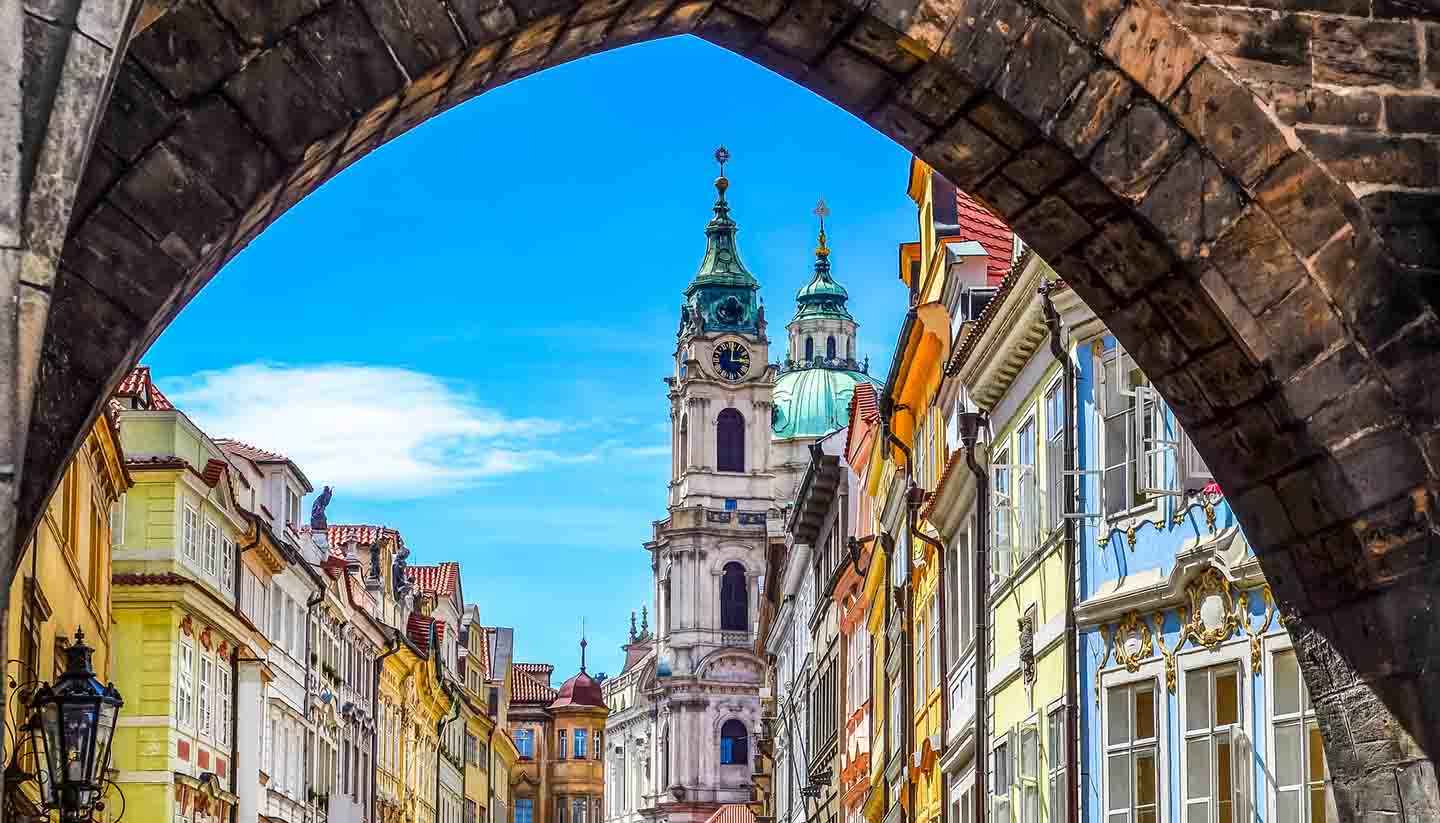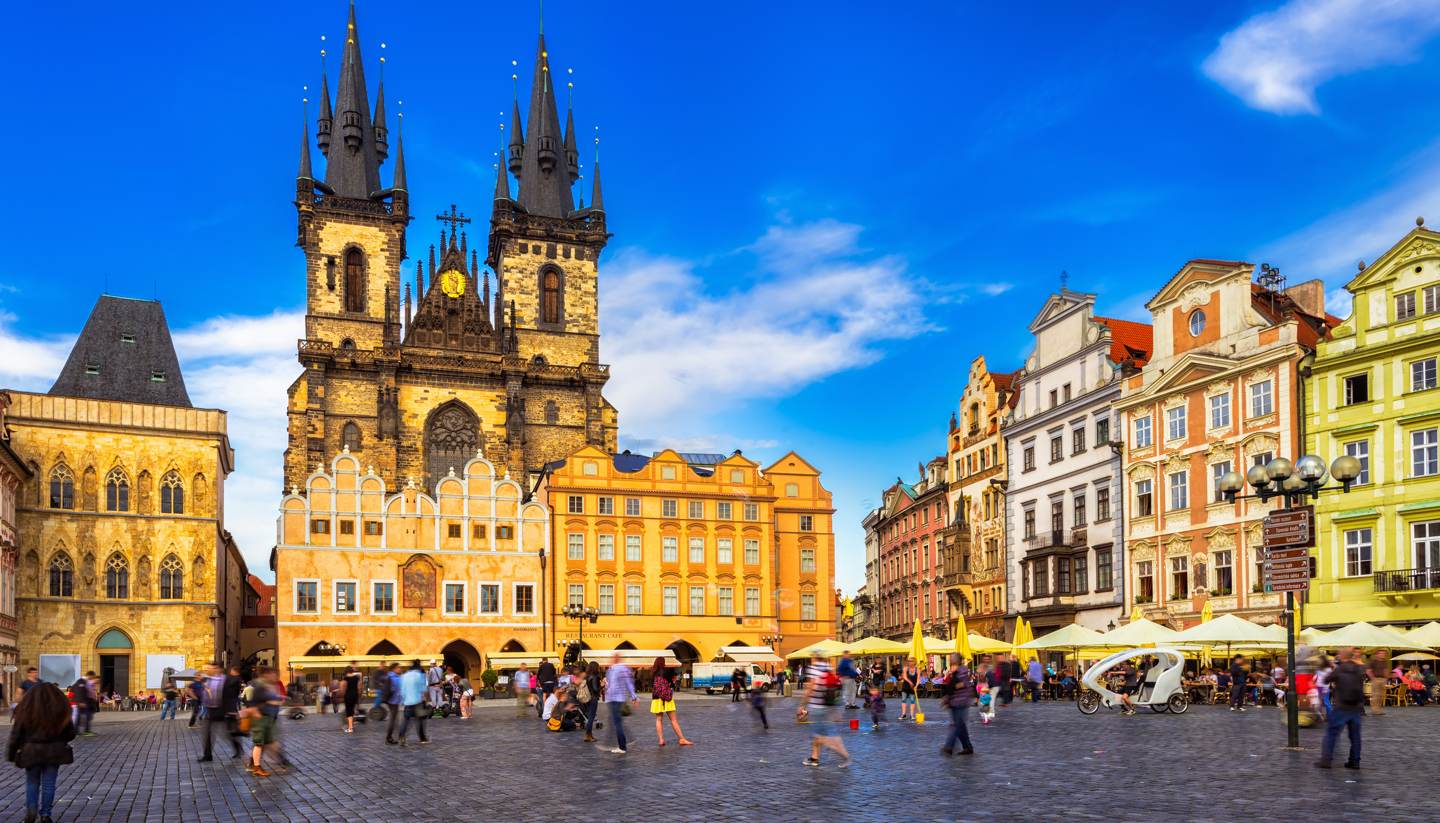Czech Republic Weather, climate and geography
Weather and climate
Best time to visit
The Czech Republic is an all year round destination. The climate is very seasonal – spring, summer, autumn and winter are very distinct, as epitomised by a Czech saying: “Březen, za kamna vlezem, duben, ještě tam budem, máj, půjdeme v háj” (“March – we get behind the stove, April – we’ll still be there, May – off we go to the garden”).
Winter can see temperatures drop to low minus numbers, whilst the summer period from May to August can see them soar above 30ºC (86ºF). Rather inconveniently, summer also sees the highest rainfall across the country. Shoulder seasons, such as the months of September and October, will still be hot, but are also likely to be drier than preceding months, so it may be preferable to travel during this time.
Depending on where in the country you’re travelling, the climate may differ considerably. In the mountains, the weather tends to be cooler, experiencing higher levels of precipitation at higher altitudes.
Required clothing
No special clothes are required for the Czech Republic. Wear mediumweights, such as denim and heavy wools, a topcoat and sturdy shoes for winter. Lightweights such as cottons, linens and thin wools will be suitable for summer, but remember to bring waterproofs as rain showers are more frequent during this time.
Geography
The Czech Republic is a landlocked country situated in central Europe, sharing frontiers with Germany in the west, Poland in the north, the Slovak Republic in the east, and Austria in the south. Covering only about one-third of the area of the United Kingdom, the country is hilly and picturesque.
The western two-thirds of the country is known as Bohemia, and consists of a vast river basin fringed by hills and mountains. The Czech Republic's longest river, the Labe, rises in the Krkonoše Mountains in the northeast, on the border with Poland, and flows south, then west, then north into Germany where it becomes the River Elbe. These mountains are also home to the country's highest summit, Sněžka which stand 1,602m (5,262ft) tall.
Prague sits almost in the middle of Bohemia on the River Vltava, which flows into the Labe just to the north of the city. The Vltava rises in the forested Šumava hills that run along the country's southern border with Austria. The plains to the north of Prague are bordered by the Krušné Hory (Ore Mountains, named for the iron ore and other minerals found there).
The eastern third of the Czech Republic is known as Moravia. This region is also based on a river basin, that of the Morava River, which rises in the northern hills near the Polish border and flows south to join the Danube at Bratislava. The main city of Moravia is Brno, the second-largest in the Czech Republic.




